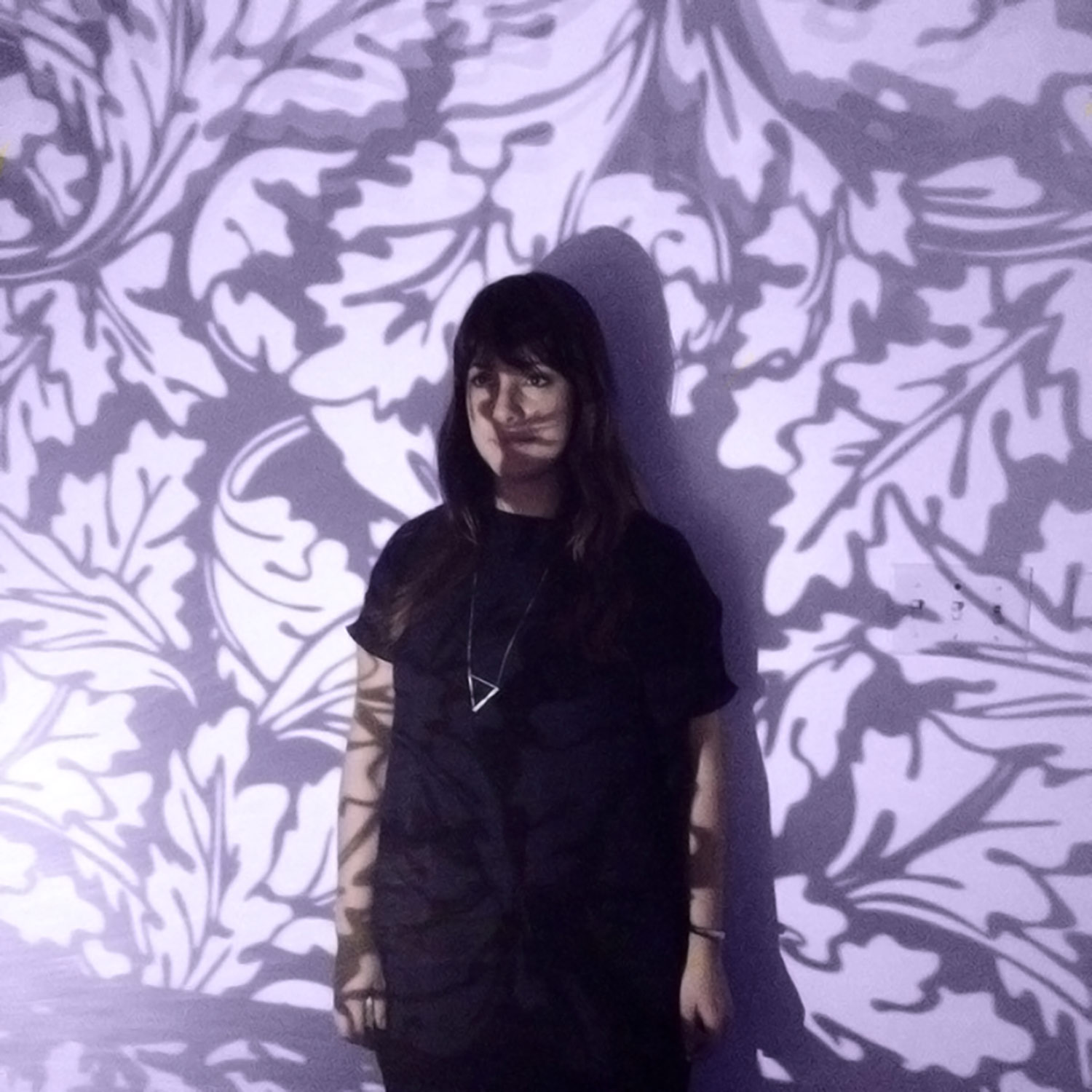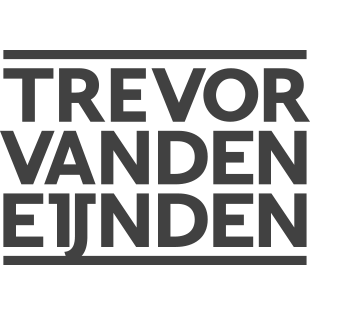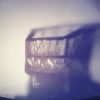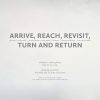
2015
Trevor Van den Eijnden
GAM Gallery
110 East Hastings Street
Vancouver, British Columbia
23 January–21 February 2015
Opening reception Friday 23 January 2015, 8:00–11:00 pm
For full exhibition text please click here.
Press Release
Trevor Van den Eijnden’s current work investigates the Anthropocene, our current global geological era born of the Industrial Revolution. These visual inquiries focus on the constructs of space versus place, where the former is a one-dimensional physical location and the latter is the overlapping subjective terrain. Sham-Real Shadowscenters on the collection and comparison of naturalist wallpapers for their romanticized illusions of nature, as well as grappling with the effects of global climate change in the extremes of plausible dystopic and utopic futures.
A historically rooted and popular format for interior decor, wallpaper presents a physical form to the conceptual process of burying nature behind mythologized facades of itself as they directly reference prevailing romanticized ideas of nature as subject. This way of thinking limits our engagement with and our understanding of nature. As Rene Magritte remarked, “there’s something else of an unfamiliar nature that appears at the same time as familiar things,” and here is a strangeness familiar to us all, which presents and acts more than as just decor: it points to its own strange strangeness. The resultant futility of these replicas of nature – and the failure of their referents to hold truth – is pertinent to their reading. Such as the romanticized notions they reference, they are shams at first sight.
Trevor Van den Eijnden is a visual artist, writer and designer who lives, and teaches in Vancouver, British Columbia. Originally from Nova Scotia, he received his BFA in 2005 from NSCAD University. He is an MFA candidate in the Master of Applied Arts program at Emily Carr University of Art + Design. Raised near a coast frequented by hurricanes and sharp shifts in the weather, he developed early a desire for understanding how we understand and relate ourselves to nature.
Exhibition text
Trevor Van den Eijnden’s current work investigates the Anthropocene, our current global geological era born of the Industrial Revolution. These visual inquiries target the contemporary philosophy of Green Modernism, a movement stemming from New Conservationists who posit a full embrace of human global dominance in order to plan, manage, and craft the world as if it were a single giant garden. Sham-Real Shadows centres on naturalist wallpapers for their romanticized illusions of nature, as well as grappling with the effects of global climate change in the extremes of plausible dystopic and utopic futures. e works presented are an exploration of how visual environments affect our thinking around, and interests in the natural world.
An historically rooted and popular format for interior décor, wallpaper presents a physical form to the conceptual process of burying nature behind mythologized façades of itself, as they directly reference prevailing romanticized ideas of nature as subject. As René Magritte remarked, “there’s something else of an unfamiliar nature that appears at the same time as familiar things,” and here is a strangeness familiar to us all, which presents and acts more than just décor: it points to its own strange strangeness in its stamped repetition devoid of any wildness. It is an impossibility masquerading as plausibility.
As a master of naturalist home décor (who also rejected the processes of industrialization) William Morris explicitly favoured stylized evocations over literal transcriptions of nature, deploring the later depictions as “sham-real houghs and flowers, casting sham-real shadows”. Today homes are furnished with idyllic, de-wild variants of nature that either attempt to replicate or one-up the natural world through perfectionism. With every space and place rationalized into visually pleasing patterns, these in turn aid in the shining of our identification of nature away from the wild.
The abstracted minimalism of the wallpaper patterns point to the distillation of nature to something more palatable, while the cubes can reference a home, a room, and the human construct of delineated space. is makes the futility of the patterns to replicate nature, and the failure of the referents to hold meaning apparent. It is a demonstration of the failure of putting nature in a digestible, understandable box. As the romanticized notions they reference, they are themselves shams at first sight.
The very notion of Earth as a garden warrants discussion of the gardener, and the plans they will put forward to decide what lives, and what is weeded away. is Green Modernist way of thinking—of nature as a programmable, manageable resource—limits our engagement with it, and our understanding of it. e world is not a template; not a pattern that can be replicated ad nauseam. The natural world cannot be whole if reduced to a pattern and the Earth is not a garden.
Trevor Van den Eijnden is a visual artist, writer and designer who lives, and teaches in Vancouver, British Columbia. Originally from Nova Scotia, he received his BFA in 2005 from NSCAD University. He is currently an MFA candidate in the Master of Applied Arts program at Emily Carr University of Art + Design. Raised near a coast frequented by hurricanes and sharp shifts in the weather, he developed early a desire for understanding how we understand and relate ourselves to nature.
Exhibited works
Familiar Shadows
Mixed media on panel
61 x 61 cm each
Familiar Strangers
Laser-cut paper, glue, embroidery thread
10 x 10 x 10 cm
This is not a place of honour
Two-way glass, acrylic, laser-cut paper, marker, light panel
15 x 15 x 15 cm
After Lucullus (Auguste Clésinger, 1855)
Laser-cut paper, glue, embroidery thread
10 x 10 x 10 cm
Sham-Real Shadows
Laser-cut MDF, embroidery thread, light fixture, custom light bulb
56 x 56 x 56 cm




